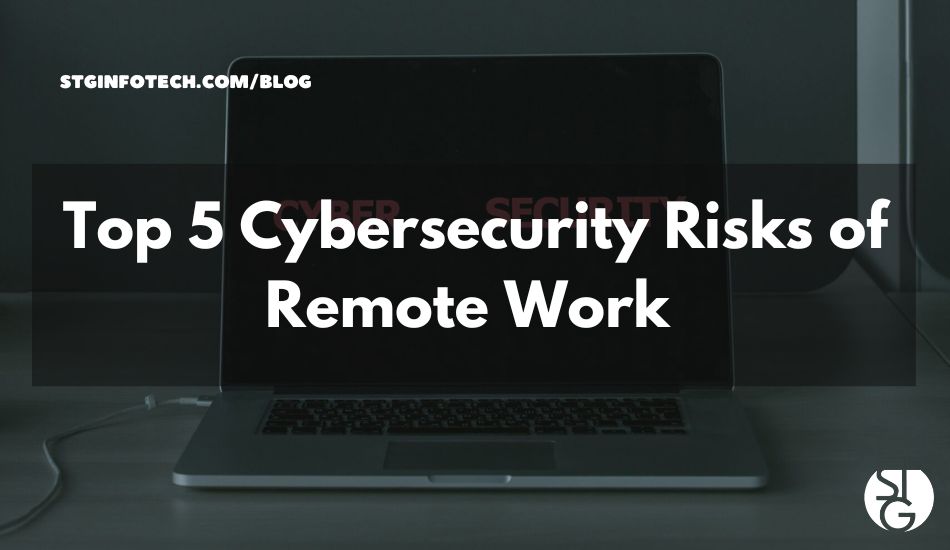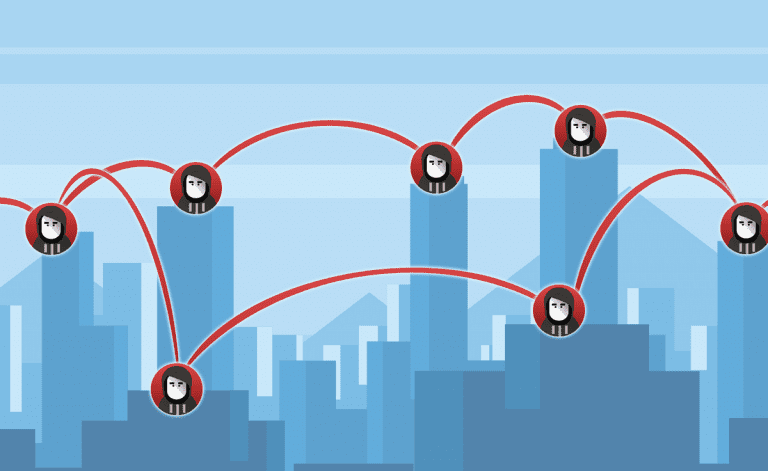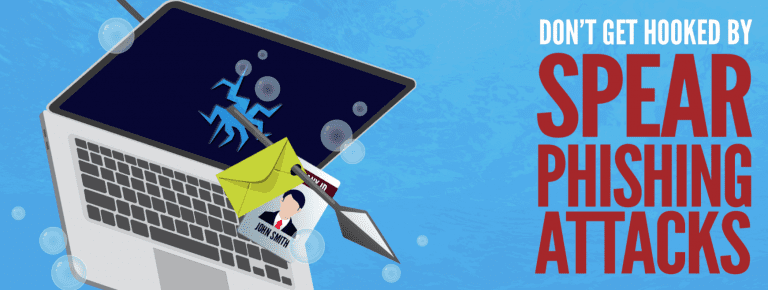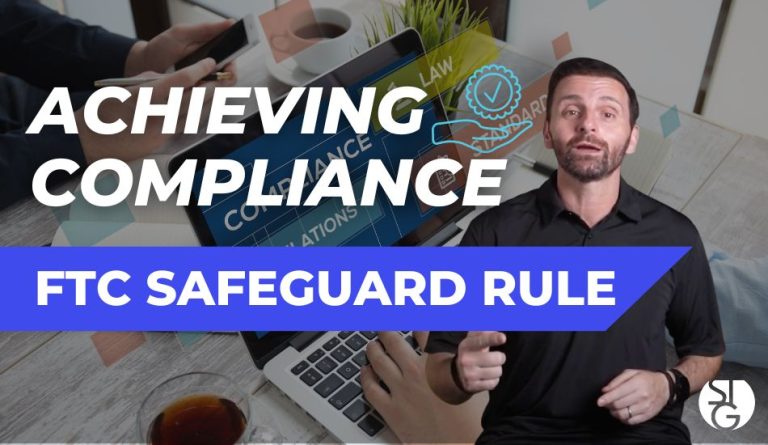Over the past few years, remote work has grown in popularity. Plus, companies can save money on office space with telecommuting. Many even see improvements in productivity and fewer distractions. But it isn’t perfect yet. In this post, we go over the top 5 cybersecurity risks of remote work and how to manage them.
According to research, working from home instead of the office reduces unproductive time by 56%.
This is a good thing, but there are some drawbacks to working outside the office. Understanding the cybersecurity risks associated with remote and hybrid work is important. Mainly the difficulty of managing network and device security. About 63% of businesses have experienced a data breach due to remote workers.
These statistics do not imply your company must compromise on security for remote working. If anything, you can find a good balance. The first step is simply being aware of the cybersecurity issues facing your situation.
We’ll go over some of the major remote work cybersecurity threats below. Keep reading for some helpful tips on how employees and employers can address these risks.
Risks & Mitigation of Remote Work
1. Poor Password Management & Lack of Multi-Factor Authentication
When you use weak passwords, you put your accounts at risk of a breach. Also, using the same password for multiple accounts poses a serious cybersecurity risk. Remote employees often use various devices to access company databases, systems, and sensitive information.
To reduce this risk, you should be making strong, one-of-a-kind passwords for each account. Whenever possible, you should also establish multi-factor authentication. You add an extra layer of protection by requiring this second form of verification.
Employers are able to set up access management systems. These solutions help in automating authentication procedures. They can also use security safeguards like contextual MFA.
2. Phishing Attacks
Phishing attacks continue to be a serious threat, and remote employees are especially prone to this vulnerability. Deceptive emails and messaging are sent by attackers to trick users into revealing their login information or downloading a malicious attachment.
When opening emails, exercise caution to protect yourself from phishing scams. Especially those coming from unknown sources. Don’t click on any suspicious links. And always check the email address of the sender.
And watch out for anyone demanding private information. If in doubt, get in touch with your IT support team to confirm the legitimacy of these messages.
3. Lack of Security Updates
For continuous good cybersecurity, it’s essential to regularly update your hardware and software. Remote workers might overlook these updates due to their busy schedules or lack of understanding. Cybercriminals exploit these vulnerabilities in outdated software to gain unauthorized access to systems.
Automate these updates whenever possible t reduce risk. Regularly check for updates. To guarantee you get the most recent security patches, install them right away.
4. Data Backup & Recovery
Remote workers often produce and handle a lot of internal data. It could be disastrous if this data were lost or corrupt. It’s important to implement a reliable data backup and recovery plan.
Back up your critical data to an external hard drive or a safe cloud storage provider. This will guarantee that even if a device is compromised by a hacker, your data will be protected and simple to recover.
5. Inadequate Employee Training
Remote employees need proper training when it comes to cybersecurity. It helps them in their comprehension of security risks and best practices. Unfortunately, a lot of businesses ignore this element of cybersecurity. Employees are sometimes unaware of the potential threats they might encounter.
Businesses must provide comprehensive cybersecurity training to remote workers. This training should include topics like:
- Identifying phishing emails
- Creating strong passwords
- Recognizing suspicious online behavior
- New forms of phishing (such as SMS-based “smishing”)
Learn How to Improve Your Remote Team Cybersecurity
Working from home has numerous advantages. But it’s important we keep our eyes out for potential cybersecurity threats. Face these threats head-on and implement the recommended measures. Whenever you need help, let us know.
Call us today to arrange a conversation.
If you’d like to learn more about what’s new in the tech world, follow our blog!
Click here to schedule a free 15-minute meeting with Stan Kats, our Founder, and Chief Technologist.
STG IT Consulting Group proudly provides IT Services in Greater Los Angeles and the surrounding areas for all your IT needs.





